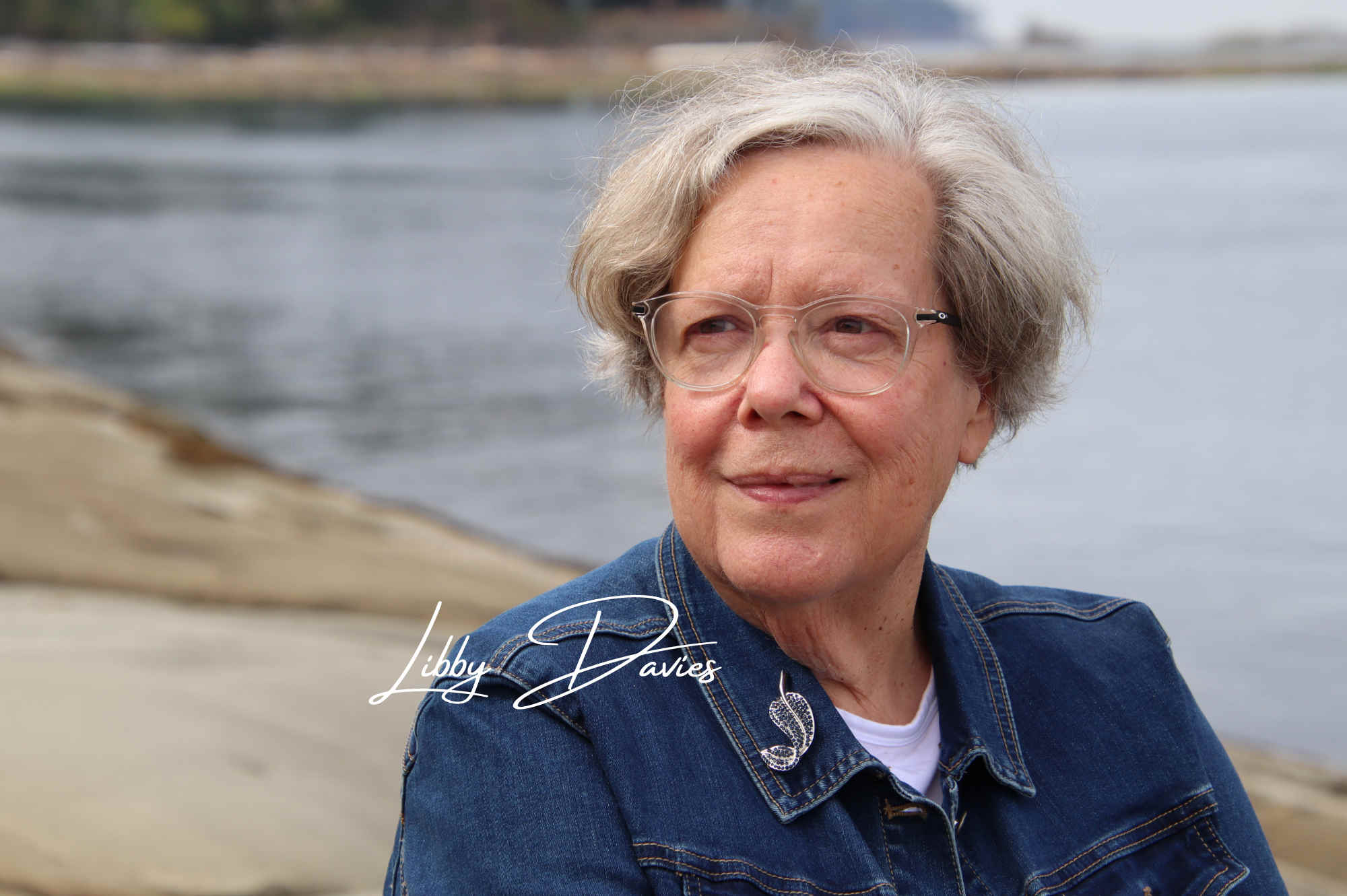Libby left Parliament in 2015 after serving more than 18 years as an MP. Read the Maclean’s article published as Libby leaves Ottawa.
Flashback to the Archives, Libby’s prodding of Harper, and his connection to Carney.
The recent April 2025 federal election coverage included Liberal Leader Mark Carney’s relationship to then PM Harper. From our archives, 2012, Libby’s prodding of Harper, and his connection to Carney as captured in this Maclean’s article.
Libby participates on CBC Radio federal election panel - May 1, 2025
Libby participates on the May 1st CBC Radio federal election panel. Listen to the discussion focused on where do Liberals, Conservatives, NDP, Greens stand after federal election with host Gloria Macarenko here.
Libby participates on CBC Radio's The Early Edition - April 29, 2025
Libby joins Kennedy Stewart on CBC Radio’s The Early Edition to discuss the NDP’s election results and future. Listen to the discussion with host Stephen Quinn here.
Libby participates on CBC Radio federal election panel - April 24, 2025
Libby participates on the April 24th CBC Radio federal election panel. Listen to the discussion focusing on the party leaders with host Gloria Macarenko here.
rabble.ca Off The Hill - Election 2025: What's next for Canada?
Libby and the panel discuss Election 2025: What’s next for Canada?
View the full conversation at rabble.ca.
Libby participates on CBC Radio federal election panel - April 10, 2025
Libby participates on the April 10th CBC Radio federal election panel. Listen to the discussion focusing on the US trade war and public safety with host Gloria Macarenko here.
Libby participates on CBC Radio federal election panel - April 3, 2025
Libby participates on the April 3rd CBC Radio federal election panel. Listen to the discussion focusing on the US trade war and dropping candidates mid-campaign with host Gloria Macarenko here.
Libby participates on CBC Radio federal election panel - March 27, 2025
Libby participates on the March 27th CBC Radio federal election panel. Listen to the discussion with host Gloria Macarenko here.
Website Update (Blog entry)
Dear friends,
A quick update on my website. Sadly it was out of operation for the past year after a serious hacking episode and unfortunate experience with the previous contractor who maintained it. However the good news is, we are back up and running, though restoring previous archival content is an ongoing challenge still in progress. Thankyou to Bryan, Anette and Kim for your valiant work to help on this front.
Libby
